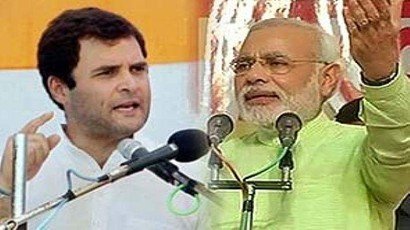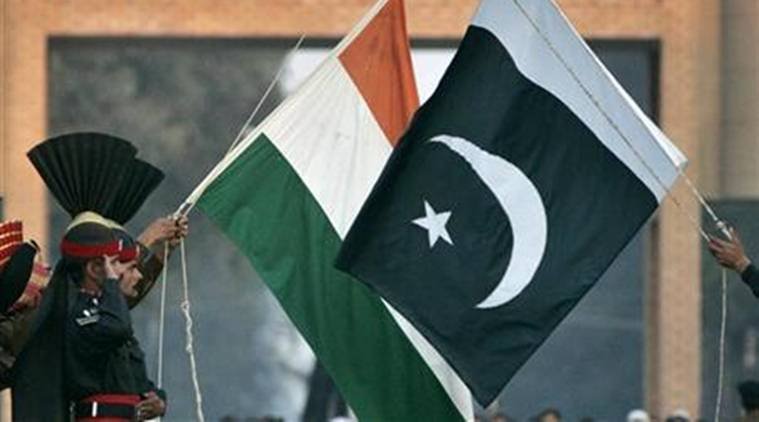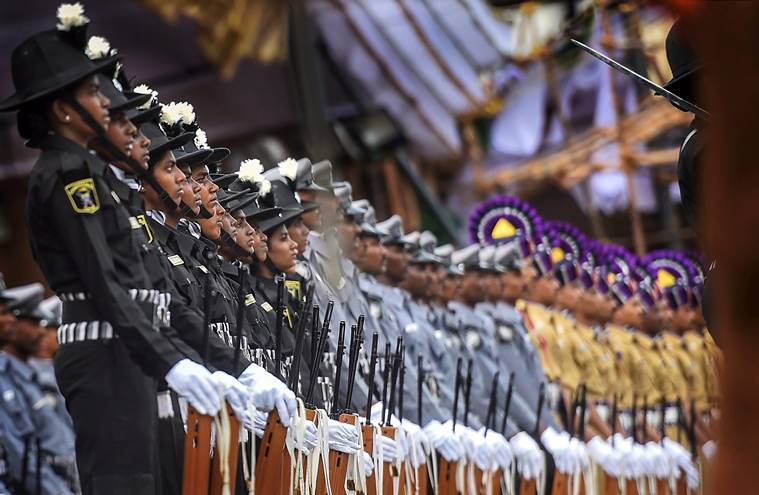It is not often that China’s envoys to Delhi find time to visit Punjab. That is what Luo Zhaohui did last week. Besides wearing a turban, drinking lassi, chatting with farmers and paying obeisance at the Golden Temple, Ambassador Luo went to the Indo-Pak border at Attari-Wagah. After watching the popular flag-lowering ceremony, Luo tweeted his hope for “peace, friendship and cooperation” between India and Pakistan.
Such sentiment, of course, runs against Delhi’s traditional wariness on China’s role in India-Pakistan relations over the last many decades. Sceptics might say Luo’s hope is less about articulating China’s policy than the envoy’s well-known high-octane diplomatic style. A number of factors, however, might be at work in the north western Subcontinent to nudge the narrative on the triangular relationship in a more positive direction.
One is Beijing’s interest in making the China-Pakistan Economic Corridor (CPEC), the flagship project of President Xi Jinping’s expansive Belt and Road Initiative (BRI), more profitable by extending it to India. Chinese spokesmen have long affirmed that CPEC is not an exclusive bilateral project between Islamabad and Beijing and can be turned into a more broad-based regional initiative.
Pakistan’s other neighbours, Afghanistan and Iran, are eager for such an extension. Further to the north, the Central Asian Republics are very much part of the BRI. Delhi’s longstanding critique of CPEC and BRI would seem to make it impossible for India to engage with these projects. But there might be ways in which the political differences — especially the critical one on CPEC’s transit through Kashmir— can be bridged. If China returned to genuine neutrality on the Kashmir question between India and Pakistan, it could make it a lot easier for Delhi to set aside its sovereignty argument on CPEC. The differences on economic and other issues in relation to BRI can easily be overcome through a focus on specific projects, whose terms could be negotiated to the satisfaction of India.
Even if China is amenable to resolving the differences on CPEC, what incentive does Pakistan have for regional economic cooperation with India? That brings us to the second factor—the rather difficult macroeconomic situation that Pakistan finds itself in today and the potential role that commercial cooperation with India could play in alleviating it. Some in Pakistan caution the new prime minister-to-be, Imran Khan, against going with a begging bowl to the IMF but take a number of steps to improve the country’s economic condition.
One of these steps is to let India export its goods to Afghanistan and Central Asia through Pakistan. That could bring hard currency earnings through transit fees and boost the Pakistani trucking and other industries. Some experts, like former finance minister Shahid Javed Burki, hope that such transit trade with India — in association with CPEC infrastructure — could help make Pakistan into a commercial hub between South and Central Asia, including China’s western regions.
For Imran Khan, who wants to build a “new Pakistan” this logic should indeed be attractive. Not so fast, pessimists would say. They point to the fact that the United States had urged Pakistan to adopt exactly such a strategy and open up its land routes to India. The administrations of George W Bush and Barack Obama had little success, however, in persuading the Pakistan army to end its resistance to overland transit trade with India.
What is different today is a third factor — China’s growing political and economic influence on Pakistan. As Pakistan’s relations with the US rapidly go south under the Donald Trump Administration, Pakistan has become more dependent than ever on China’s support. At the same time, China’s stakes in the stabilisation of Pakistan and Afghanistan, given its restive Muslim-majority Xinjiang province, are rising.
Beijing is playing a more active role in Afghan peace-making and gingerly stepping forward, along with Russia, to encourage Pakistan’s reconciliation with India. While both may be fruitless political endeavours, China’s stakes in sub-regional economic integration in the north western marches of India looks real.
Finally, any such sub-regional economic integration must necessarily come down to the Radcliffe Line that divides the Punjab. The tragedy of Punjab’s political partition in 1947 was reinforced by an economic partition that turned the Radcliffe Line into the greatest barrier to regional commerce. Punjab, which was historically at the heart of trans-regional trade routes is now a dead end.
Over the last two decades, repeated efforts were made to change Punjab’s economic condition. Chief Ministers of East and West Punjab — Captain Amarinder Singh and Parkash Singh Badal on the Indian side and Chaudhry Pervaiz Elahi and Shahbaz Sharif — tried to seize moments of opportunity. The governments of Atal Bihari Vajpayee and Manmohan Singh in Delhi and those in Islamabad led by General Pervez Musharraf, Asif Ali Zardari and Nawaz Sharif tried to negotiate agreements to liberalise cross-border religious pilgrimages and trade in goods and energy. But the barrier at Radcliffe Line remained as daunting as ever.
Imran Khan’s promise to build a “new Pakistan,” and the apparent willingness of Prime Minister Narendra Modi to consider a “fresh start” in bilateral relations suggests there might be a fleeting moment of opportunity to try and turn the Radcliffe Line into a commercial bridge. Ambassador Luo’s visit to the India-Pakistan border may just be a random diplomatic event. Alternatively, Beijing may well have stumbled onto the open secret that it is Punjab that holds the key to unfreezing India-Pakistan relations.














